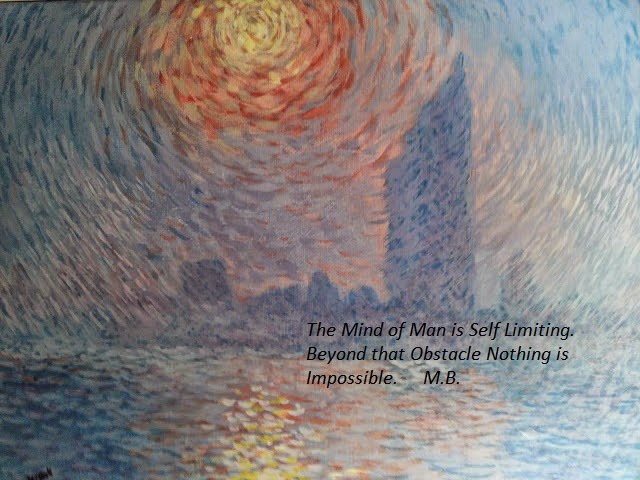REST
OF THE WORLD VERSION
The
squirrel works hard in the withering heat all summer long, building
and improving his house and laying up supplies for the winter.
The
grasshopper thinks he's a fool, and laughs and dances and plays the
summer away.
Come
winter, the squirrel is warm and well fed.
The
shivering grasshopper has no food or shelter, so he dies out in the
cold.
THE
END
NOW
THE AUSTRALIAN VERSION
The
squirrel works hard in the withering heat all summer long, building
and improving his house and laying up supplies for the winter.
The
grasshopper thinks he's a fool, and laughs and dances and plays the
summer away.
Come
winter, the squirrel is warm and well fed.
A
social worker finds the shivering grasshopper, calls a press
conference and demands to know why the squirrel should be allowed to
be warm and well fed while others less fortunate, like the
grasshopper, are cold and starving.
The ABC
shows up to provide live coverage of the shivering grasshopper; with
cuts to a video of the squirrel in his comfortable warm home with a
table laden with food.
The
Australian press informs people that they should be ashamed that in a
country of such wealth, this poor grasshopper is allowed to suffer
while others have plenty.
The
Labour Party, Greenpeace, Animal Rights and the Grasshopper Housing
Commission of Australia demonstrate in front of the squirrel's house.
The
ABC, interrupting a cultural festival special from St. Kilda with
breaking news, broadcasts a multi cultural choir singing 'We Shall
Overcome'.
Bill
Shorten rants in an interview with Laurie Oakes that the squirrel got
rich off the backs of grasshoppers, and calls for an immediate tax
hike on the squirrel to make him pay his 'fair share' and increases
the charges for squirrels to enter the Melbourne city centre.
In
response to pressure from the media, the Government drafts the
Economic Equity and Grasshopper Anti-Discrimination Act, retroactive
to the beginning of the summer. The squirrel's taxes are reassessed.
He is
taken to court and fined for failing to hire grasshoppers as builders
for the work he was doing on his home, and an additional fine for
contempt when he told the court the grasshopper did not want to work.
The
grasshopper is provided with a Housing Commission house, financial
aid to furnish it and an account with a local taxi firm to ensure he
can be socially mobile.
The
squirrel's food is seized and redistributed to the more needy members
of society – in this case the grasshopper.
Without
enough money to buy more food, to pay the fine and his newly imposed
retroactive taxes, the squirrel has to downsize and start building a
new home.
The
local authority takes over his old home and utilises it as a
temporary home for asylum seeking cats who had hijacked a plane to
get to Australia as they had to share their country of origin with
mice.
On
arrival they tried to blow up the airport because of Australian's
apparent love of dogs. The cats had been arrested for the
international offence of hijacking and attempted bombing but were
immediately released because the police fed them pilchards instead of
salmon whilst in custody.
Initial
moves to make them return to their own country are abandoned because
it was feared that they would face death at the hands of the mice.
The
cats devise and start a scam to obtain money from people's credit
cards.
A 60
Minutes special shows the grasshopper finishing up the last of the
squirrel's food, though spring is still 4 months away, while the
housing commission house he is in crumbles around him because he
hasn't bothered to maintain it. He is shown to be taking drugs.
Inadequate
government funding is blamed for the grasshopper's drug 'Illness'.
The
cats seek recompense in the Australian courts for their treatment
since their arrival in Australia.
The
grasshopper gets arrested for stabbing and old dog during a burglary
to get money for his drugs habit. He is imprisoned but released
immediately because he has been in custody for a few weeks.
He is
placed in the care of the probation service to monitor and supervise
him.
Within
a few weeks he has killed a guinea pig in a botched robbery.
A
Commission of Enquiry, that will eventually cost $10 million and
state the obvious, is set up.
Additional
money is put into a drug rehabilitation scheme for grasshoppers.
Legal
aid for lawyers representing asylum seekers is increased.
The
asylum seeking cats are praised by the government for enriching
Australia's multicultural diversity and dogs are criticised by the
government for failing to befriend the cats.
The
grasshopper dies of a drug overdose.
The
usual sections of the press blame it on the government for failing to
address the root causes of despair arising from social inequity and
his traumatic experience in prison.
They
call for the resignation of a minister.
The
cats are paid $1 million each because their rights were infringed
when the government failed to inform them there were mice in
Australia.
The
squirrel, the dogs and the victims of the hijacking, the bombing, the
burglaries and robberies have to pay an additional percentage on
their credit cards to cover losses, their taxes are increased to pay
for law and order, and they are told they will have to work beyond 65
because of a shortfall in government funds.
This
then, pretty much sums up what is happening in Australia today. Lucky
country?
THE
END













